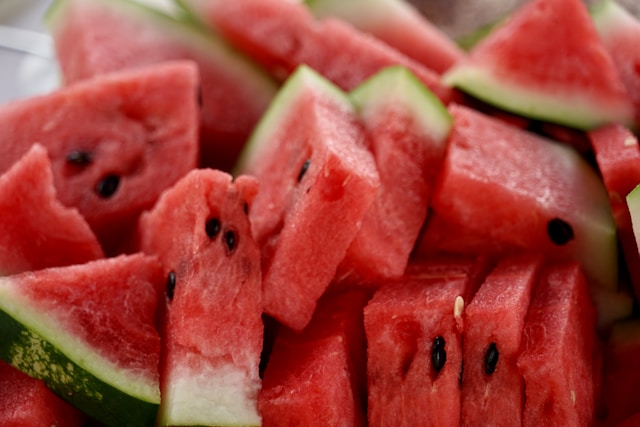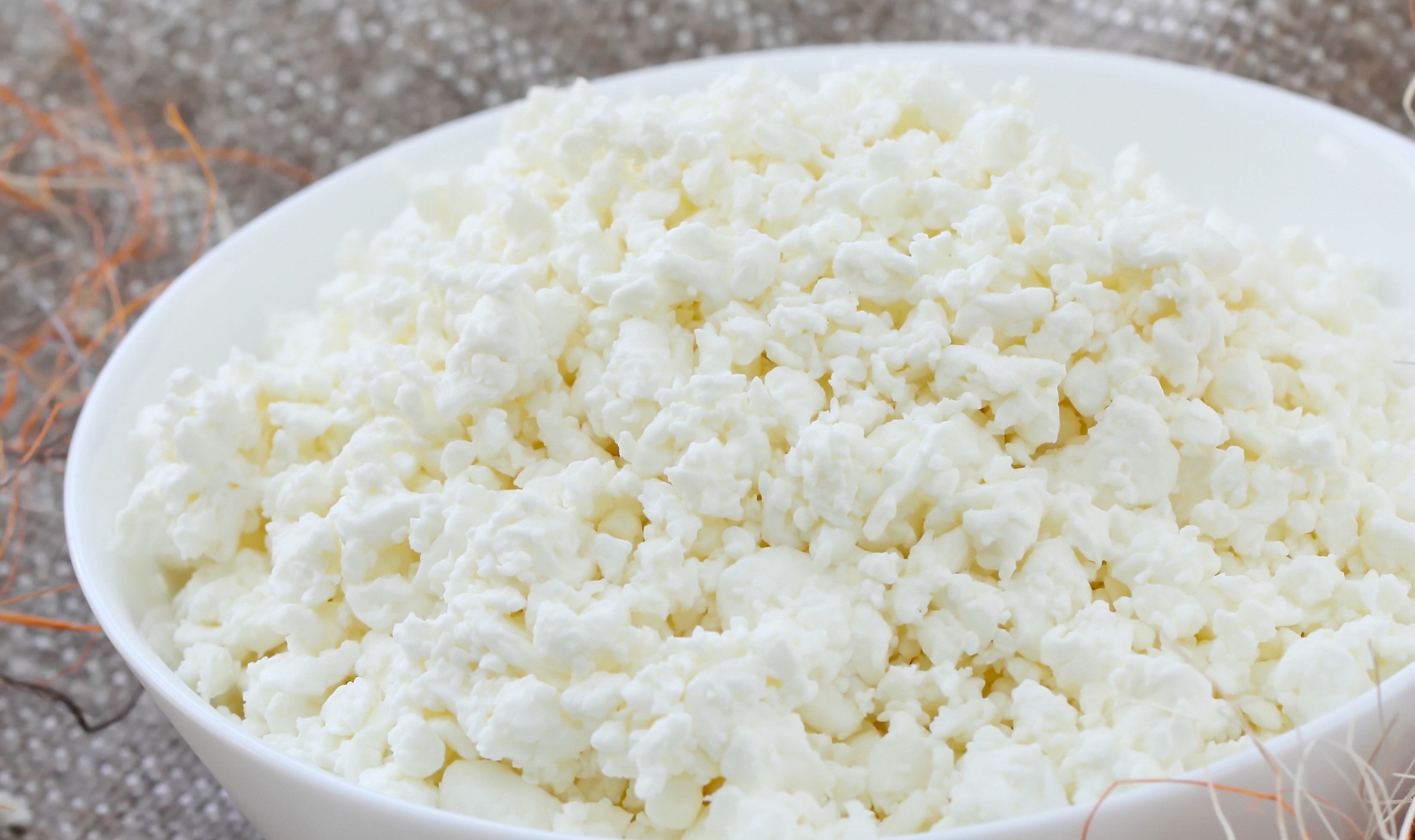A thick rind makes it much harder to know what you’ll find when you slice it open. Never fear! Learn how to pick a watermelon that's perfectly ripe and juicy.
A watermelon's tough, thick rind makes it seem impossible to tell what's hiding inside. Never fear! These tips on how to pick a watermelon will help you choose a melon that's perfectly ripe and juicy.
You know summer has arrived with the season's first bite of watermelon. It's so disappointing when that bite is dry, underripe, and lacking sweetness. No matter how you're using watermelon, eating it by the slice, making a stunning watermelon cake, or stirring up a refreshing watermelon sorbet, you want each fruit you bring home to be ripe and dripping with juice.
With a few watermelon tricks from the National Watermelon Promotion Board and Lee Wroten, vice president of Global Produce Sales in Lakeland, Florida, you'll know how to pick a perfect watermelon that's brimming with sweetness and juice.
The next time you head to the grocery store or farmers market, keep the four S's in mind. They'll help you learn how to pick a sweet watermelon with the best flavor.
How to Pick a Good Watermelon
These helpful tips will help you choose a ripe watermelon.
1. Sheen
"A watermelon tends to lose its natural sheen and color over time," Wroten says. Look for a fruit that's shiny and vibrant in color when picking a watermelon to enjoy this summer. If the skin appears dull or doesn't have much color, the watermelon is a little past its prime and won't be as juicy as other fruits. A few scratches are okay, but avoid any melons with bruises, dents, or any cuts that punctured the rind.
2. Shading
Look for a creamy yellow spot on one side of the melon whenever you want to pick a ripe watermelon. This is the side of the melon resting on the ground as it grew; the spot turns yellow as the watermelon ripens, so a sunny yellow shade is a sign of a juicy, ripe melon. If the spot is pale white, the watermelon was picked before it could fully ripen on the vine. The top should also be a bright green hue with well-defined stripes.
3. Sound
The knock test is a well-known watermelon trick for picking the best melon. It takes a little practice to master, but it can help you choose a juicy melon. Before taking a watermelon home, give it a pat and listen for a hollow, drum-like ring. A flat or dead thud can clue you in about bruising, over-ripeness, or a lack of juiciness.
4. Size
Because 92% of a watermelon is (appropriately) water, the fruit should feel heavy relative to its size. Lift up the melon: If it feels heavier than you expected and meets the other criteria above, proceed to the checkout line. If it seems light, keep looking to pick a juicy watermelon; the lack of weight means the watermelon may not be as juicy.
How to Prep and Store Watermelon
In addition to these four watermelon tricks, remember to avoid wet, dented, bruised or cracked melons, just like you would for any other fruit. And while it may come as a surprise since watermelon has such a tough rind, wash your melon before cutting into it. Like avocados, if the outside of your watermelon isn't clean before making the first cut, your knife can transfer bacteria from the rind to the juicy fruit inside. A quick rinse under clean, running water with vinegar should be all you need to do.
Also, remember that watermelons don't ripen any further after they're harvested, so it's important to know how to pick a ripe watermelon when you're at the store. Once you've chosen a melon to bring home, refrigerate the whole fruit for up to four days to help it stay fresh. If you plan to use the watermelon soon, it can be stored on the counter or in the pantry for one to two days. After cutting up the melon, slices will keep in the fridge for up to three days as long as they're tightly wrapped or kept in a covered container.
Some tips you'll use at the grocery store also apply to homegrown melons. So, once you know how to pick a sweet watermelon when shopping, maybe the next step is trying to grow your own at home! Setting up your watermelon patch is simple (the main thing you need is plenty of sunlight) – then learn how to know when it's time to harvest them from the vine. Now you know everything you need for how to pick the best watermelon.
This article was written by Andrea Beck and Sarah Martens from Better Homes and Gardens and was legally licensed through the DiveMarketplace by Industry Dive. Please direct all licensing questions to legal@industrydive.com.








